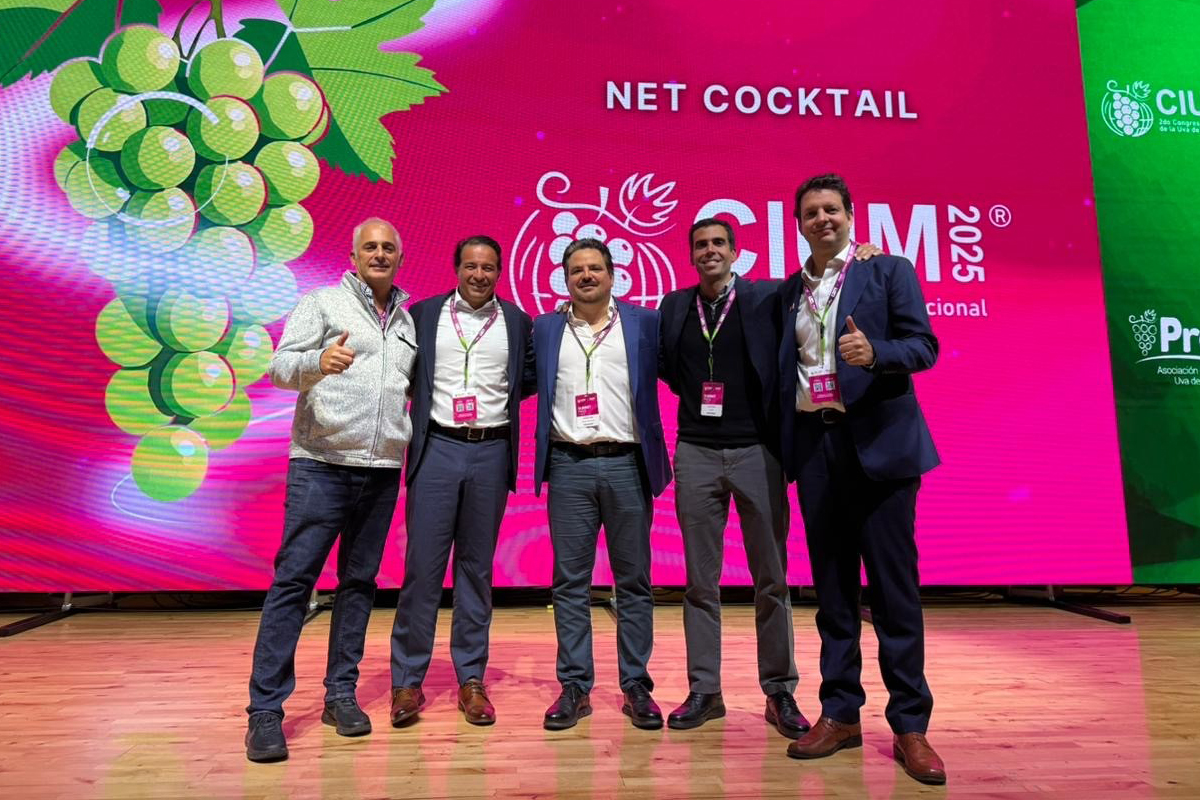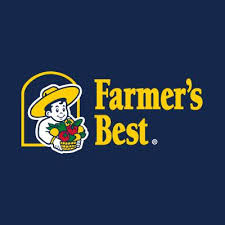Presenting and defining the Global Grape Group’s (GGG) demand strategy was one of the key topics at the Second International Table Grape Congress, held in Lima, Peru, Aug. 13-14.
Organized by the Peruvian Table Grape Producers Association (Provid), the event featured participation from Frutas de Chile, along with its grape committee, and Table Grapes from Mexico, gathering nearly 700 representatives from the industry who analyzed technical, climatic, logistical and market issues related to table grapes.
During the “From Individual Challenge to Collective Action: The Value of Competition in the Table Grape Industry” panel, GGG representatives reflected on the group as a driving force to build a common voice, face shared challenges and strengthen the competitiveness of the industry in major global markets.
Ignacio Caballero, executive director of Frutas de Chile’s Table Grape Committee, addressed the main challenge facing the industry.
“In the last eight years, we have seen a 40% increase in the supply of Southern Hemisphere grapes to its main market, the U.S., while demand has only increased by 3% during the same period,” Caballero says. “If we expect a 13% increase in volumes in the coming years, the mismatch between supply and demand will be even greater. The weekly demand level is stagnant at 3.5 million boxes; when it exceeds this level, as happened for more than 10 weeks during the last season, prices drop dramatically. Therefore, it is crucial that we, as GGG, work together to increase this demand. The cost of doing nothing is too high for everyone.”
For his part, Rodrigo Vallejo, CEO of the Ro2media agency, presented the results of the “Have a Grape Day” campaign, developed in collaboration with the GGG, that launched in the U.S. for the 2024-25 season.
“The campaign clearly establishes, in a versatile manner, filled with positive energy and emotionally effective, the concept that a grape can improve your day — it’s that simple,” Vallejo points out, adding that there were significant achievements in this first campaign.
He says this initial campaign achieved important coverage through specialized industry media, with great results considering the relatively low initial resources invested for the challenge at hand.
“We exceeded the goals, achieving incremental sales of over US$10 million with our 49 programs in supermarkets,” he says. Additionally, he emphasizes that “this campaign impacted 83 million consumers, creating 35 million new ones and increasing an additional 1.4 kilograms per capita for those who saw the campaign.”
To conclude, Vallejo presented data from other similar success cases, such as Zespri, Chilean Cherries, and Avocados from Mexico, stating: “It was a good start, but we need to invest more as we should expect a return on investment between 450% and 600%. We are currently investing only US$0.7 per ton, while others are investing up to US$71 per ton. This is just the beginning; we aim for more. We need more participants.”
Luis Miguel Vegas, general manager of Provid, highlighted the importance of industry collaboration and questioned what Peru needs to manage a projected production of 100 million boxes of grapes in the future, emphasizing the need for the industry to work cohesively to sustain its development. The major issues from the past season were logistical problems caused by volume concentration. For this reason, he urges the industry to start investing in promotions through the GGG.
“The United States is the main market for table grapes; it is the ideal place to begin the GGG’s actions,” adds Sergio Lugo, general manager of Table Grapes from Mexico. “We must have a medium-term strategy, starting in one place to generate a strong impact, and as we achieve results, diversify campaigns to other destinations.”
Regarding who can join the GGG, Lugo explains: “The idea is to start the GGG with our three countries but to include other origins as we have the plan ready. California, South Africa, and Brazil, among others, have already shown interest in joining. Additionally, we are defining the framework for other industry stakeholders to join.”
GGG Strategy
The steps defined by GGG initially included a “Sowing” phase in 2024-2025, which involved creating the GGG through the signing of a memo of understanding and its establishment with headquarters in the U.S. Ro2media, which works with Avocados from Mexico among other clients, was then selected. GGG defined its objectives during this period as well, focusing on increasing grape consumption globally, exchanging information among the countries of the group and promoting best sustainability practices.
The 2025-2026 season will mark the “First Harvest” stage, which includes the first full promotional campaign of the GGG and its launch in the U.S., according to the group.
GGG representatives estimate that efforts to boost grape demand in the U.S. could mean an investment of between $2 million and $3 million for the 2025-26 season, which equates to between 2-3 cents per box of grapes, with a potential medium-term benefit of between $1 and $2 per box.
GGG plans to present its complete plan to the industry during the International Fresh Produce Association’s 2026 Global Produce and Floral Show on Oct. 16, at 3 p.m. in Anaheim, Calif.













